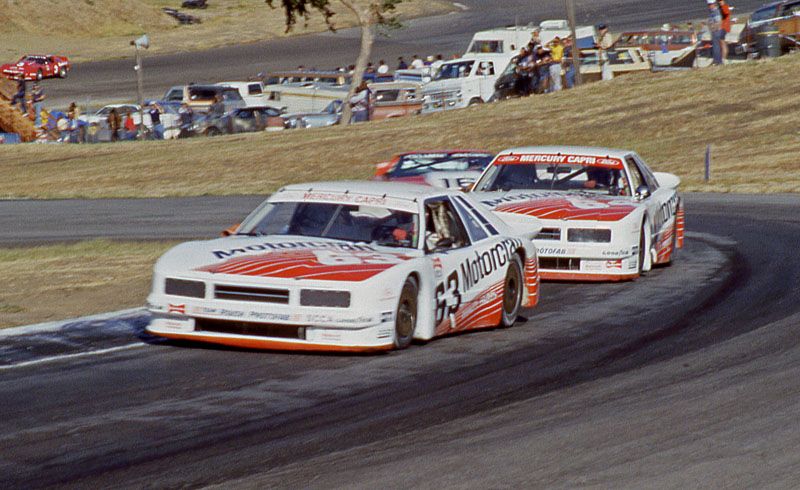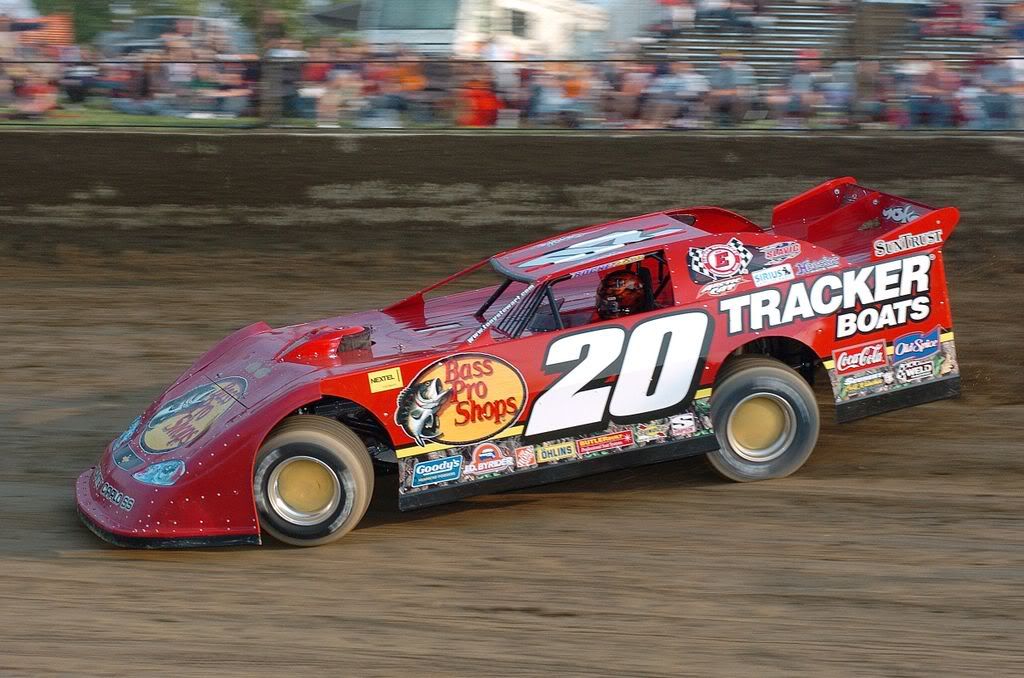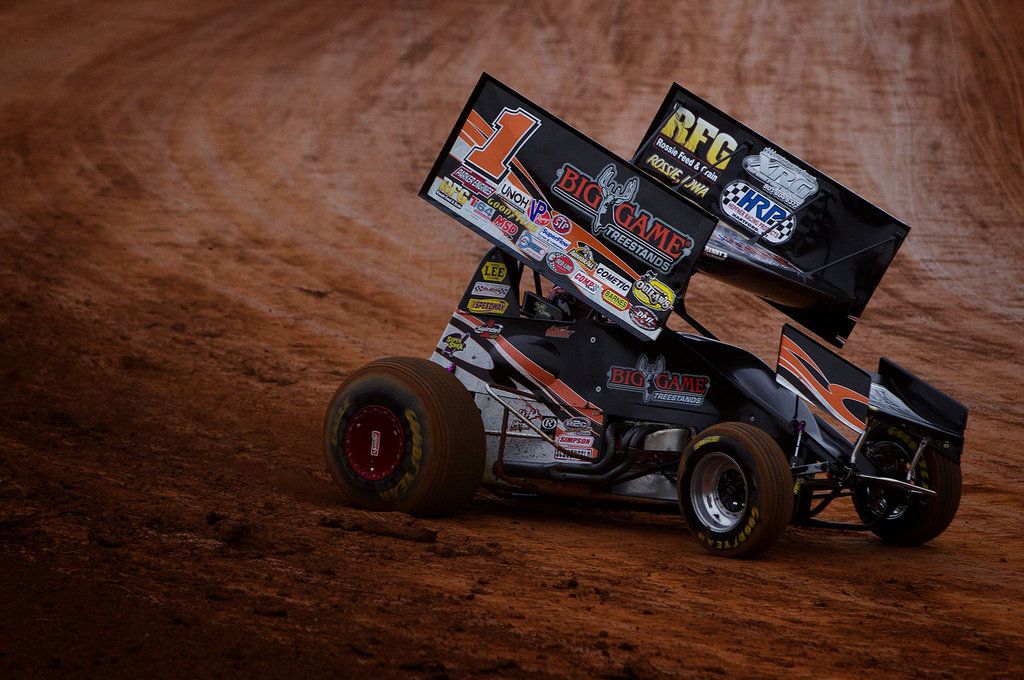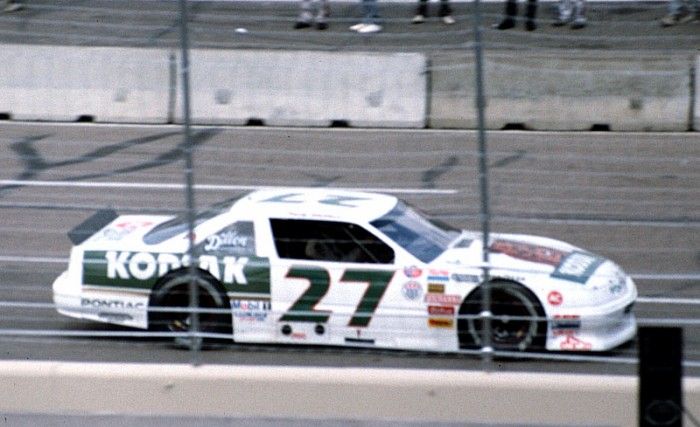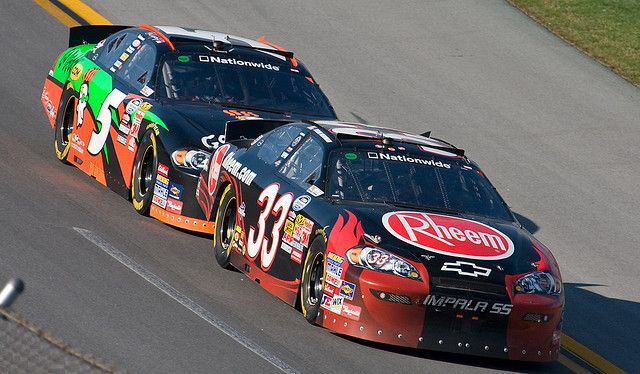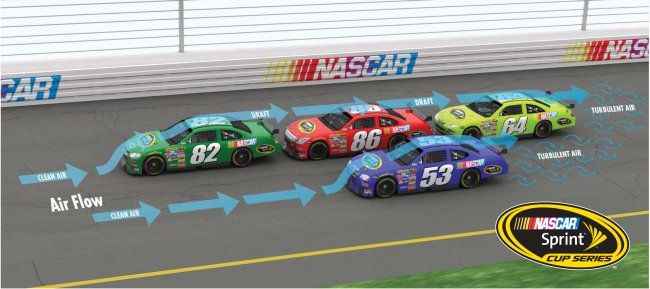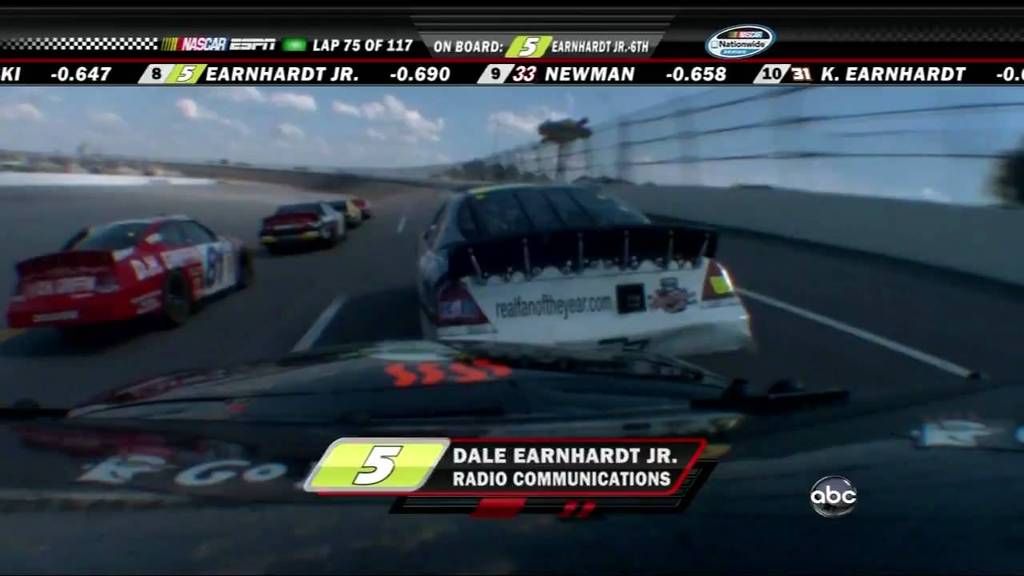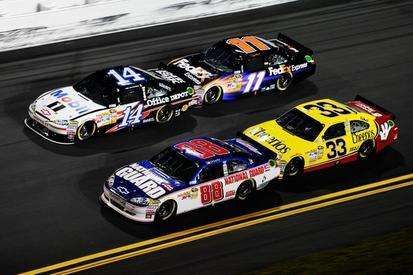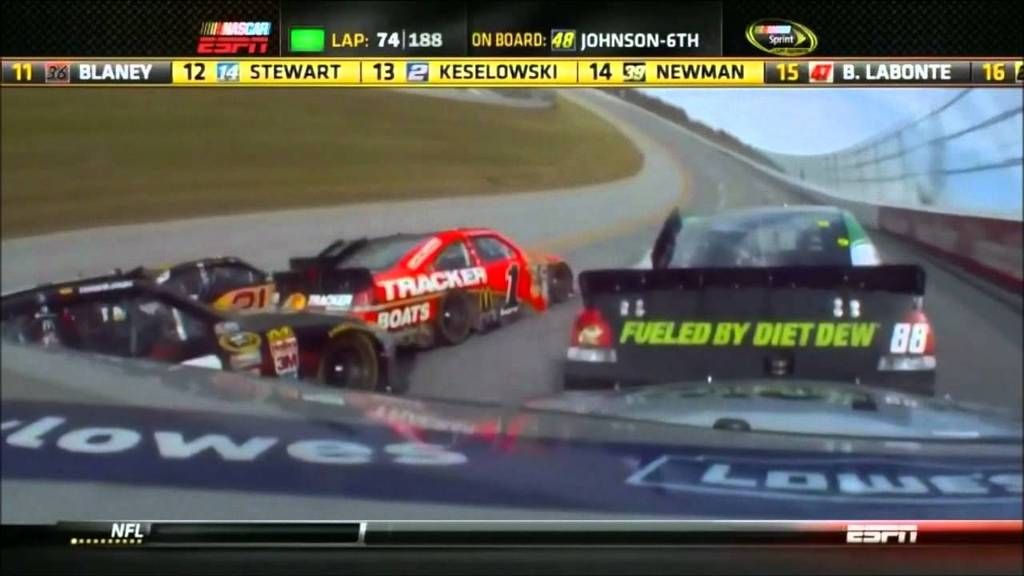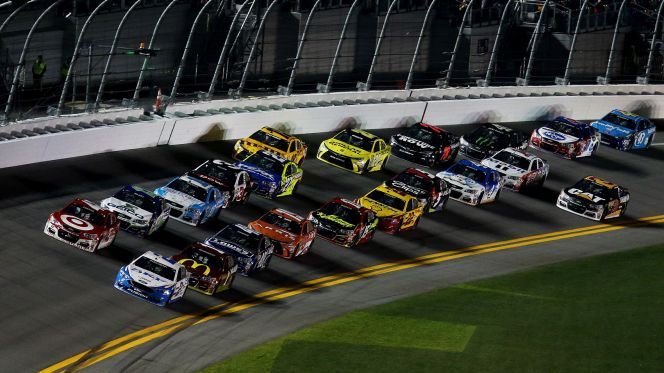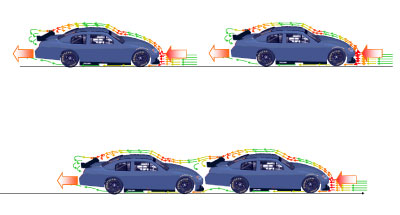Buffy's SimRacing Journal
PostPosted:Fri Jul 22, 2016 6:52 am
Hello everyone! As you might know, I'm a big of auto-racing. Mostly NASCAR and ARCA, but really racing in general. Since getting back into gaming seriously about a year or so ago, I've become pretty enthralled with SimRacing. For those of you who don't know the term, Sim-Racing is basically racing in a simulator. These simulators typically replicate what a racecar would feel like during a race. Most professional drivers use simulators, including some of the biggest names, such as Dale Earnhardt Jr, Denny Hamlin, Ryan Blaney, and Austin Dillion, just to mention a select few. Since I doubt I'm ever gonna reach the top of the NASCAR food chain, racing virtually is the only way I can really have any kind of idea what it's like to race competitively. So, given that I've become pretty much immersed in this whole thing, I thought it might be cool to start a journal of sorts on here, just chronicling what I do and such, while also giving out bits and pieces of autoracing history, which is a fascinating subject, if I do say so myself.
The Basics:
When it comes to Sim-Racing, a keyboard or a controller isn't something you wanna use, since, quite honestly, you're not ever gonna see them in a real race-car. Thus, there are sets for the PC that are steering wheels, pedals, and a shifter. This, in my eyes, is the only way to accurately get the feel for what a race-car is supposed to be like. Not to mention, it allows you far more control over the car while you're driving than a controller would. You wouldn't put a steering wheel in a plane, so why would you try to play a racing simulator with a keyboard? Common sense.
In addition, on my wheel, I have a piece of red tape in the center of the wheel on the top. Why do I do this? Well, when you're tuning the car, it's best to know where the center of the wheel is when you're turning. Having a piece of tape there makes it a bit easier, plus it lets you know just what you need to do to the car to get to perform how you'd like.
There's a variety of simulators out there that you can run on. I mainly use NASCAR Racing 2003 Season, which has a number of mods out there for many different series, from NASCAR to ARCA to Trans Am to even Formula 1. Other ones I use include ARCA Sim Racing X (which is free by the way), rFactor, and Sprint Cars: World of Outlaws.
The Series:
NASCAR:

There's been a lot of racing series over the years, some more successful than others. NASCAR is probably the most well known out of the bunch, given that it's the biggest racing series in the history of the sport. NASCAR was formed in 1948 as an attempt to make the racing that was going throughout the South post-World War II a bit more organized. It has since transformed into a huge franchise of series, which most drives aspire to compete in. Most of the biggest of racing names have raced in NASCAR, such as Dale Earnhardt, Richard Petty, AJ Foyt, Jeff Gordon, Jimmie Johnson, David Pearson, and Mark Martin.
NASCAR hosts a number of different divisions. The Sprint Cup and Whelen Modified Tour date back to 1948, with the Xfinity Series and Camping World Truck Series following in 1983 and 1995 respectively. Sprint Cup is the flagship division, and it's the one most race their way up to get to. Most typically start out in the K&N Pro Series, which is a development series. After that, most while try to get a Truck Series ride, with some ARCA starts, in order to find a ride with an Xfinity Series team. After that, Cup is the ultimate goal. But just getting to Cup doesn't guarantee success. For every champion, there's 42 other losers. in the field. With everyone racing for one goal, there's only one spot everyone wants to be in, and that's first. Second is just the first loser.
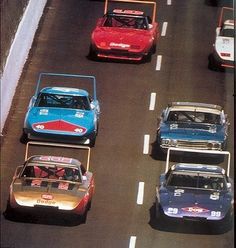
NASCAR in 1970. Winston Cup Series (Now Sprint Cup)
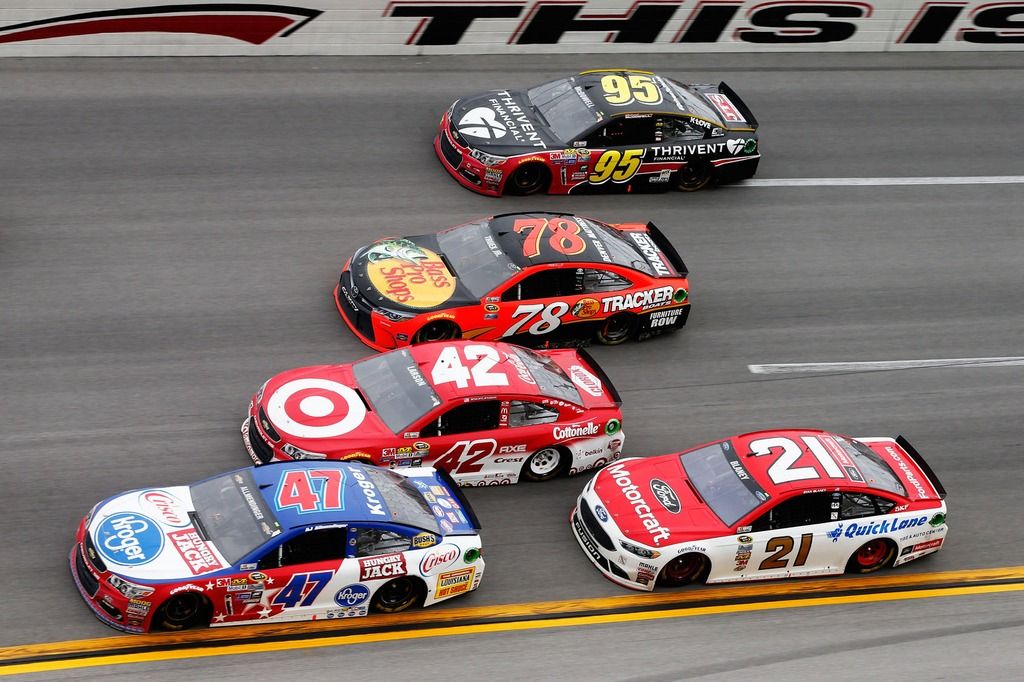
Sprint Cup Series today.
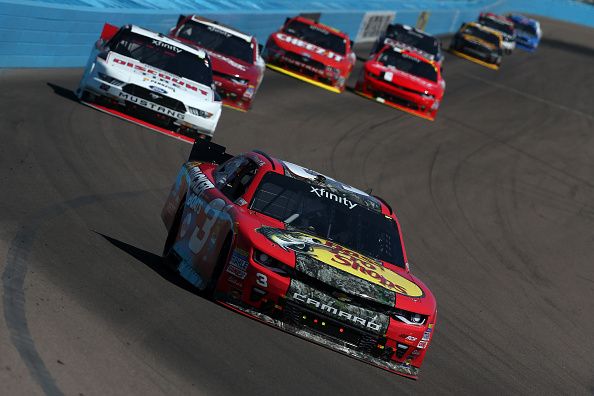
Xfinity Series
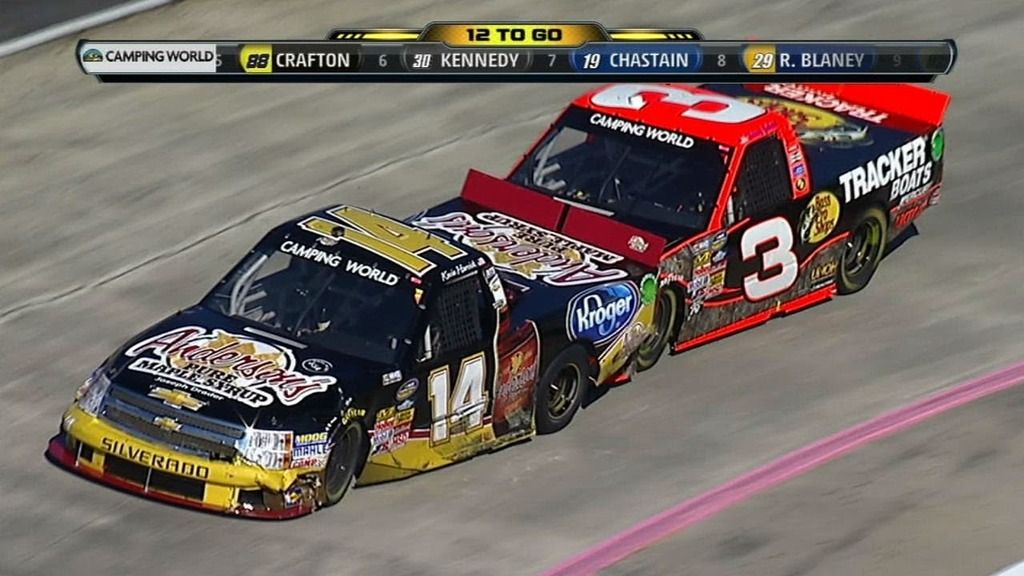
Camping World Truck Series
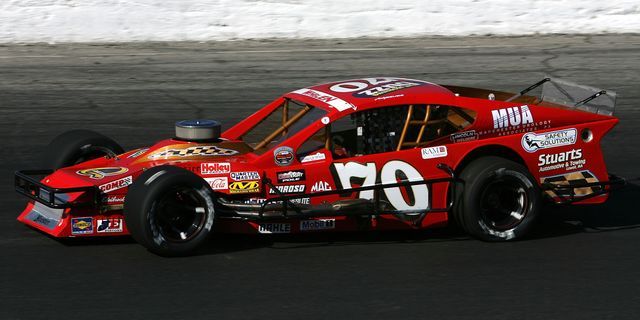
Modified Division
ARCA:

ARCA is, for all intents and purposes, NASCAR's little brother. Most drivers enter ARCA with a hope to break into NASCAR, while some drive ARCA for the entirety of their careers. The series serves, in terms of NASCAR, as a development division. This has led to the coining of the term 'ARCA Brakes', which applies to wrecks in which the drivers in training refuse to slow down and avoid the wreck, but instead try to avoid it while becoming part of it.
https://youtu.be/cNnTWVQZZAY
An example of ARCA Brakes, from the 2005 season opener at Daytona.
The series is one of the oldest surviving Motor-Racing series in the United States, alongside NASCAR. Unlike the latter, however, it's prize-winnings are not as large, nor does the series have every race televised. The ones that are shown on TV are generally on the same weekend as a NASCAR event, thus having the two series helping one another.
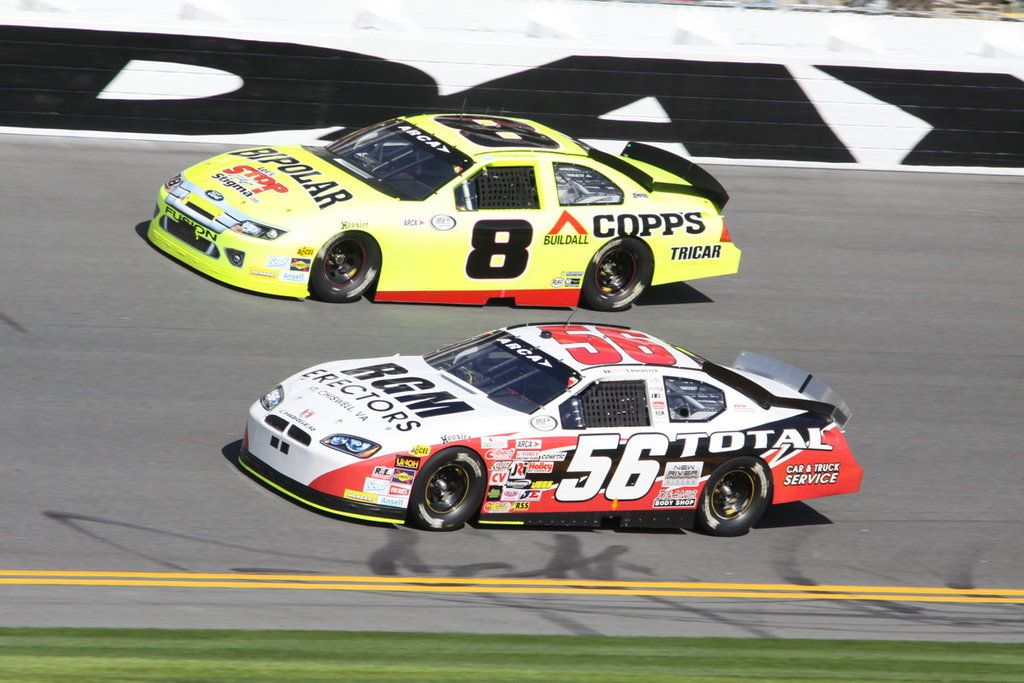


ARCA Brakes. Don't let it happen to you. Hit the brakes!
More to be added later!
The Basics:
When it comes to Sim-Racing, a keyboard or a controller isn't something you wanna use, since, quite honestly, you're not ever gonna see them in a real race-car. Thus, there are sets for the PC that are steering wheels, pedals, and a shifter. This, in my eyes, is the only way to accurately get the feel for what a race-car is supposed to be like. Not to mention, it allows you far more control over the car while you're driving than a controller would. You wouldn't put a steering wheel in a plane, so why would you try to play a racing simulator with a keyboard? Common sense.
In addition, on my wheel, I have a piece of red tape in the center of the wheel on the top. Why do I do this? Well, when you're tuning the car, it's best to know where the center of the wheel is when you're turning. Having a piece of tape there makes it a bit easier, plus it lets you know just what you need to do to the car to get to perform how you'd like.
There's a variety of simulators out there that you can run on. I mainly use NASCAR Racing 2003 Season, which has a number of mods out there for many different series, from NASCAR to ARCA to Trans Am to even Formula 1. Other ones I use include ARCA Sim Racing X (which is free by the way), rFactor, and Sprint Cars: World of Outlaws.
The Series:
NASCAR:

There's been a lot of racing series over the years, some more successful than others. NASCAR is probably the most well known out of the bunch, given that it's the biggest racing series in the history of the sport. NASCAR was formed in 1948 as an attempt to make the racing that was going throughout the South post-World War II a bit more organized. It has since transformed into a huge franchise of series, which most drives aspire to compete in. Most of the biggest of racing names have raced in NASCAR, such as Dale Earnhardt, Richard Petty, AJ Foyt, Jeff Gordon, Jimmie Johnson, David Pearson, and Mark Martin.
NASCAR hosts a number of different divisions. The Sprint Cup and Whelen Modified Tour date back to 1948, with the Xfinity Series and Camping World Truck Series following in 1983 and 1995 respectively. Sprint Cup is the flagship division, and it's the one most race their way up to get to. Most typically start out in the K&N Pro Series, which is a development series. After that, most while try to get a Truck Series ride, with some ARCA starts, in order to find a ride with an Xfinity Series team. After that, Cup is the ultimate goal. But just getting to Cup doesn't guarantee success. For every champion, there's 42 other losers. in the field. With everyone racing for one goal, there's only one spot everyone wants to be in, and that's first. Second is just the first loser.

NASCAR in 1970. Winston Cup Series (Now Sprint Cup)

Sprint Cup Series today.

Xfinity Series

Camping World Truck Series

Modified Division
ARCA:

ARCA is, for all intents and purposes, NASCAR's little brother. Most drivers enter ARCA with a hope to break into NASCAR, while some drive ARCA for the entirety of their careers. The series serves, in terms of NASCAR, as a development division. This has led to the coining of the term 'ARCA Brakes', which applies to wrecks in which the drivers in training refuse to slow down and avoid the wreck, but instead try to avoid it while becoming part of it.
https://youtu.be/cNnTWVQZZAY
An example of ARCA Brakes, from the 2005 season opener at Daytona.
The series is one of the oldest surviving Motor-Racing series in the United States, alongside NASCAR. Unlike the latter, however, it's prize-winnings are not as large, nor does the series have every race televised. The ones that are shown on TV are generally on the same weekend as a NASCAR event, thus having the two series helping one another.



ARCA Brakes. Don't let it happen to you. Hit the brakes!
More to be added later!
